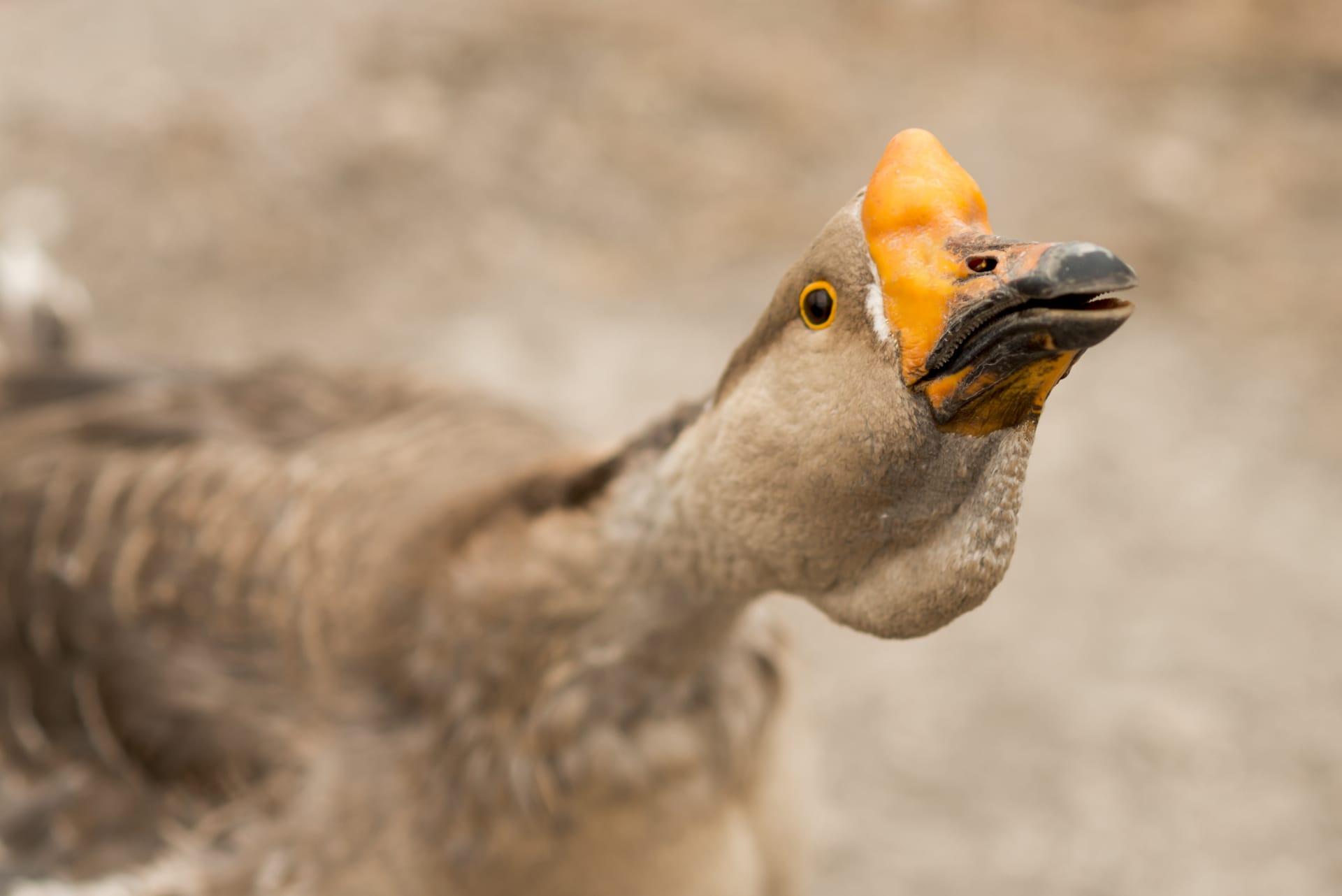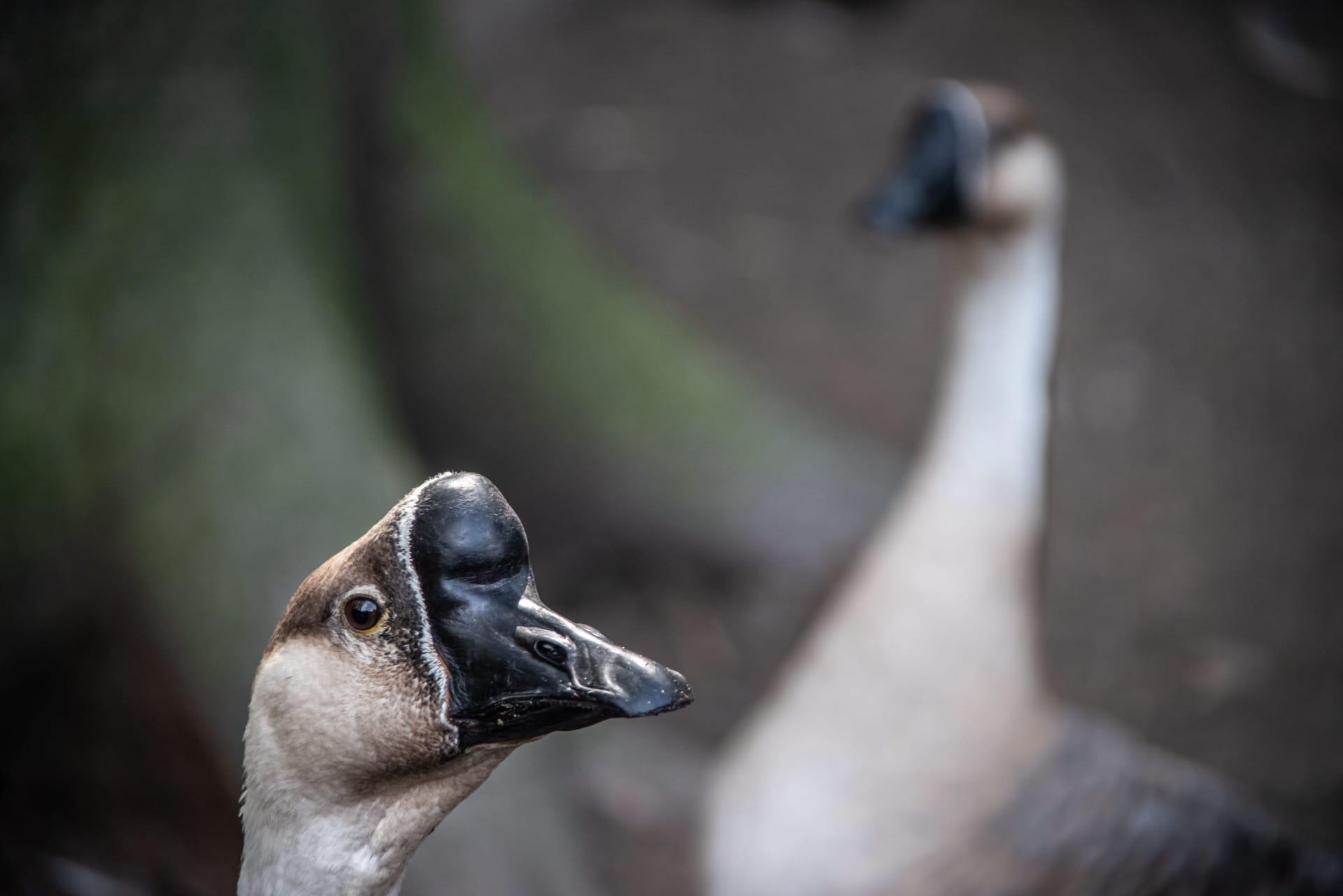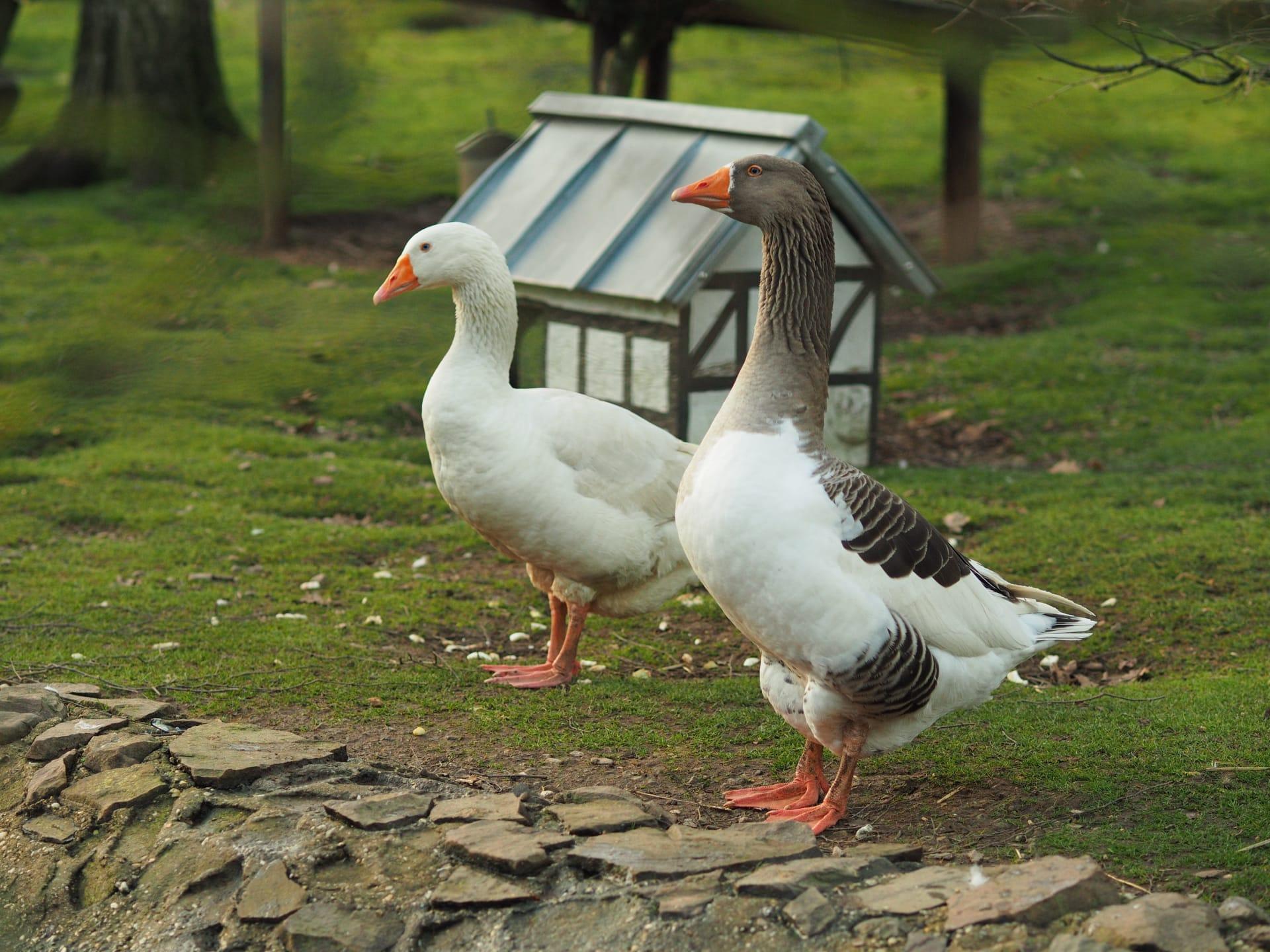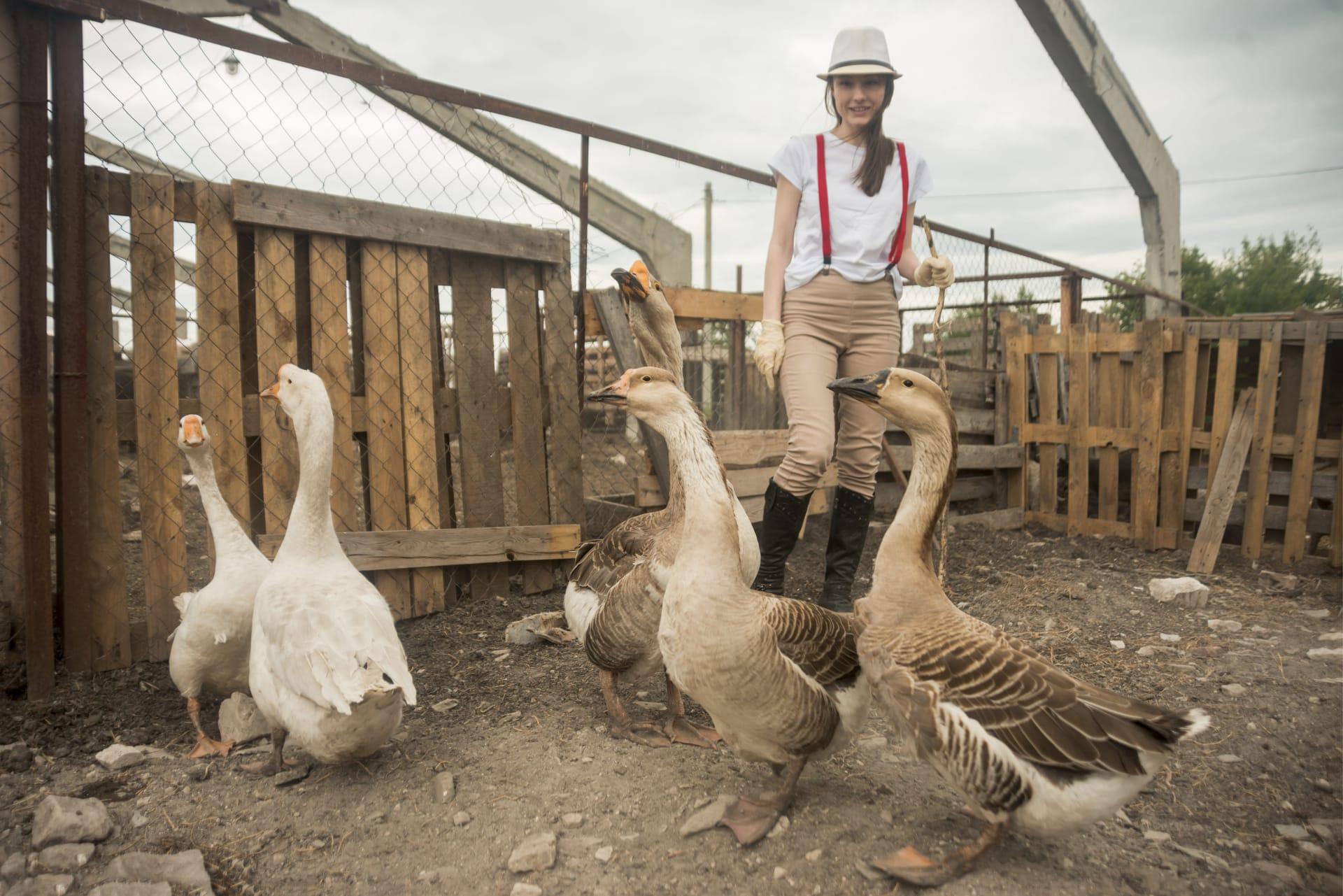Goose Trivia
- Home /
- Trivia Question /
- Animal /
- Goose Trivia
1
Question: How long can a goose live in the wild, and does this differ from those in captivity?
Answer: In the wild, geese typically live around 10 to 24 years, but this can vary based on factors like environment and predation. In captivity, however, they can live up to 30 years or more, thanks to controlled conditions and lack of predators. Their longevity is influenced by their diet and healthcare; captive geese often receive more consistent nutrition and medical care than their wild counterparts.
Question: What's the top flying speed of a goose, and how does it achieve such speeds?
Answer: Geese can reach impressive flying speeds of up to 70 kilometers per hour (about 43 miles per hour). They achieve these speeds by harnessing powerful wing muscles and aerodynamic body shapes. Plus, they often fly in a V-formation, which reduces air resistance and allows trailing geese to conserve energy, making long migrations more efficient.

2
Question: Do geese mate for life, and how do they choose their partners?
Answer: Yes, geese are typically monogamous and often mate for life. They choose their partners based on a variety of factors, including size, strength, and feather condition, which indicate good health and strong genetics. This lifelong pairing is advantageous for raising offspring, as both parents participate in nurturing and protecting their goslings.
Question: Is it true that geese have teeth on their tongues?
Answer: While it might look like geese have teeth on their tongues, these are actually serrated edges called 'tomia.' They aren't teeth but are made of keratin, the same material as human nails. These ridges help geese grasp and cut grass and other vegetation, which make up a significant part of their diet.

3
Question: How far can geese migrate, and what challenges do they face during migration?
Answer: Geese are known for their long migratory journeys, which can span over 3,000 miles (about 4,828 kilometers). They face numerous challenges during migration, including harsh weather conditions, finding sufficient food and rest stops, and avoiding predators. These journeys demonstrate remarkable endurance and navigational skills, as geese often return to the same breeding and wintering grounds each year.
Question: Can geese communicate with each other, and if so, how?
Answer: Absolutely, geese are highly communicative birds. They use a variety of sounds, like honks, to convey different messages, including alarm calls, mating calls, and coordination during flight. Additionally, geese use body language, such as head bobbing and wing flapping, to communicate. This communication is vital for maintaining group cohesion and coordination, especially during migrations.

4
Question: What are the primary diets of geese, and how do they find their food?
Answer: Geese are mainly herbivores, feeding on grasses, grains, and aquatic plants. They have strong, flat bills ideal for grazing on land or dabbling in water. Geese can also change their diet based on availability, occasionally eating small insects or fish. Their keen eyesight and sense of smell help them locate food, whether in a field or a pond.
Question: Are geese territorial, and how do they defend their territory?
Answer: Yes, geese can be quite territorial, especially during breeding season. They defend their territory through aggressive displays, like hissing, honking loudly, and spreading their wings to appear larger. If these warnings are ignored, geese may chase or even physically confront the intruder. This territorial behavior ensures a safe space for nesting and raising their young.

5
Question: How do geese adapt to different climates and environments?
Answer: Geese are highly adaptable birds, capable of living in a variety of climates, from Arctic regions to temperate zones. They have waterproof feathers and a layer of fat to keep warm in cold weather. In warmer climates, geese can regulate their body temperature by panting and extending their wings to release heat. Their migratory habits also allow them to move to areas with more favorable conditions as seasons change.
Question: What role do geese play in their ecosystems, and how do they impact the environment?
Answer: Geese play significant roles in their ecosystems. As grazers, they help control the growth of grasses and aquatic plants, which can aid in maintaining healthy wetlands. Their droppings are a source of nutrients for the soil and water bodies. However, in large numbers, geese can overgraze areas and their droppings can lead to nutrient overload in water systems. This demonstrates the delicate balance of their impact on the environment.